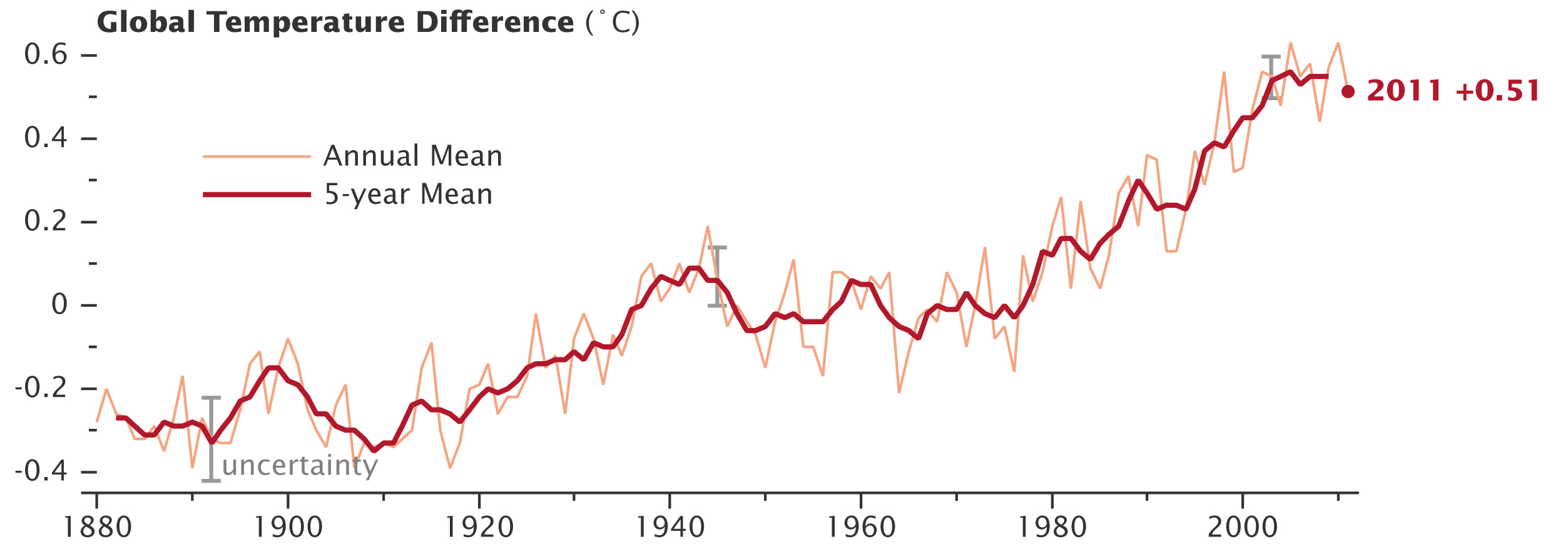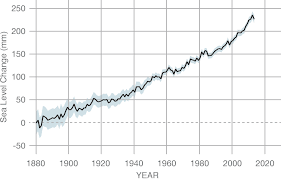- Support@sustainabring.com
Climate change both directly and indirectly affects humans, and life on Earth in general. There are many ways in which climate change will affect us. The main ways are as below;
1. Climate change will create hotter weather and thus will cause an increase in infectious diseases. Climate change creates hotter temperatures, largely due to the increase of greenhouse gases in the atmosphere. This increase in temperature, along with higher humidity, provides more of an optimal breeding ground for diseases, compared to the status quo.
2. Climate change will increase allergic reactions and respiratory diseases. Climate change is causing an increase in temperature and an increase in intense weather events. The increase in intense weather events, such as heavy rain, will increase fungi, mould, and other particles. These increases in heat may cause longer allergy seasons, which may also lead to an increase in the prevalence of respiratory disease.
3. Climate change will cause more frequent and intense weather events, such as droughts. This harms industries, such as agriculture, thus impacting the economy For example, in Australia, farmers in regions such as Hunter Valley are experiencing great drought. This means that they have to buy their own feed and water, thus harming them economically.
4. Climate change will lead to water scarcity. The hotter temperatures caused by climate change will lead to, and is already causing, water scarcity - especially in areas in Africa and Australia. This greatly harms global water security, and thus access to water - a basic need.
5. Climate change will be detrimental to our health. This point is somewhat of a cause of the ideas outlined above. The increased prevelance of diseases, the hot temperatures caused by climate change, and more, will all accumulate and have devastating impacts on human health.
Climate change is essentially the change in global or regional climate patterns. These changes can vary around the world - climate change can be a change in where rain falls, or it can be an increase in global temperatures. Earth is undergoing climate change, which became apparent from the middle to late 20th century.
At first, climate change may not strike you as a bad thing. After all, how much harm can a changing climate cause?
The answer to that is a lot. The climate change Earth is currently experiencing is a general warming of the atmosphere. In addition, and in part a consequence of this, various climate patterns, such as rainfall patterns, are also changing. This has devastating effects on both human life, the environment, and the earth itself. The harms of climate change to humans are detailed further below. However, to briefly summarise, climate change causes a range of negative repercussions. The rising temperatures due to climate change causes more frequent and intense weather events; specifically heatwaves. These rising temperatures also affect the ability for many organisms to reproduce, grow and live. For example, increasing sand temperatures due to climate change affects the sex of turtle hatchlings, therefore causing a gender imbalance within the species.
The main cause of climate change the release of greenhouse gases. Greenhouse gases are gases found in the atmospere that trap heat from the sun, allowing for the Earth to maintain a stable temperature, such as carbon dioxide and methane. However, there is an excess of greenhouse gases in ta atmosphere, too much of the sun's heat is trapped, and thus the Earth becomes dangerously warm. This tremendous increase in greenhouse gases in the atmosphere is due to a variety of reasons, with one of the main reasons being the burning of fossil fuels such as coal.

There is a plethora of evidence to support climate change. In fact, some of the effects in climate change, such as a rise in global temperatures are, in essence evidence itself. The main pieces of evidence are as follows;
1. The rise in global temperatures: Since the industrial revolution, the earth has seen a rise in temperature. However, this rise has gotten significantly worse over the last century. The Earth's temperature increased by an average of 0.07°C every decade since 1880, and this rate has more than doubled since 1981.
Just have a look at this graph from NASA which visualises this increase in temperature.

This temperature may seem abysmal for some - surely a few degrees of temperature increase overtime is fine?
It is fine to an extent - to a 1.5*C increase in temperature to be exact. If the climate warms b more than 1.5*C, which it is on track to do, there will be various consequences. For example, with just a 1.5*C increase in temperature, more ice will melt, possibly causing sea levels to rise to the extent that some island nations could be wiped out.
2. The rise in sea levels: As briefly discussed before, an increase in global temperatures will cause more ice to melt, which will thus cause a rise in sea levels. In fact, we are already seeing this rise happen, which is both a consequence and evidence of climate change. This rise in sea levels means that the atmosphere must be warming greater than what is normal, with such increases in sea levels not seen before in the modern world. Look at the graph below by NASA for a visualisation of this rise:

3. Ocean acidification: There is also heavy evidence that humans are the main cause of climate change. The concentration of CO2 in the atmosphere has been increasing quite rapidly since the industrial revolution. During the industrial revolution, there was a rapid increase in the amount of fossil fuels burnt, due to the heavy amounts of coal starting to be used during this period. Therefore, this increase in CO2 concentration can be linked with human activity. Furthermore, the annual rate of increase of CO2 has been rapidly increasing, creating a somewhat exponential rise in CO2 levels. For example, recently, the increase has been at about 2.1 ppm per year. Whereas, in the late 1950s, the increase was at 0.7ppm per year.
Your carbon footprint is essentially the amount of greenhouse gases you are responsible for through your actions. For example, when you watch television, electricity is required - this electricity mainly comes from fossil fuels such as coal, depending on which country you are in. So, by watching television, you are responsible for some greenhouse gas emissions and your carbon footprint increases.
In fact, the average American has a carbon footprint of 16 tons, with their actions equating to the release of 16 tons of greenhouse gases into the atmosphere.

Even statistics alone convey the dire situation that has arisen due to climate change.